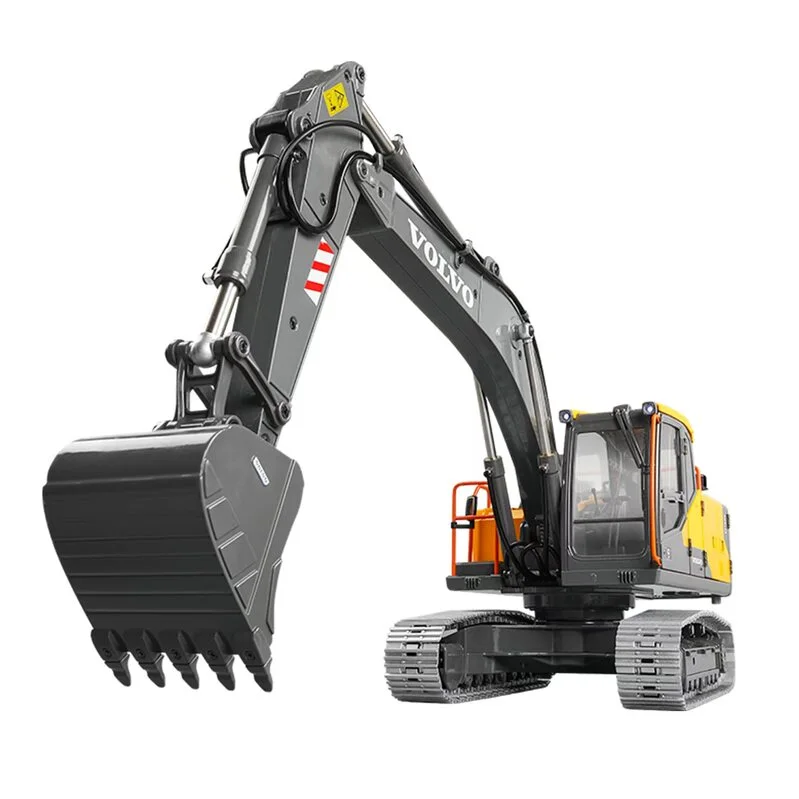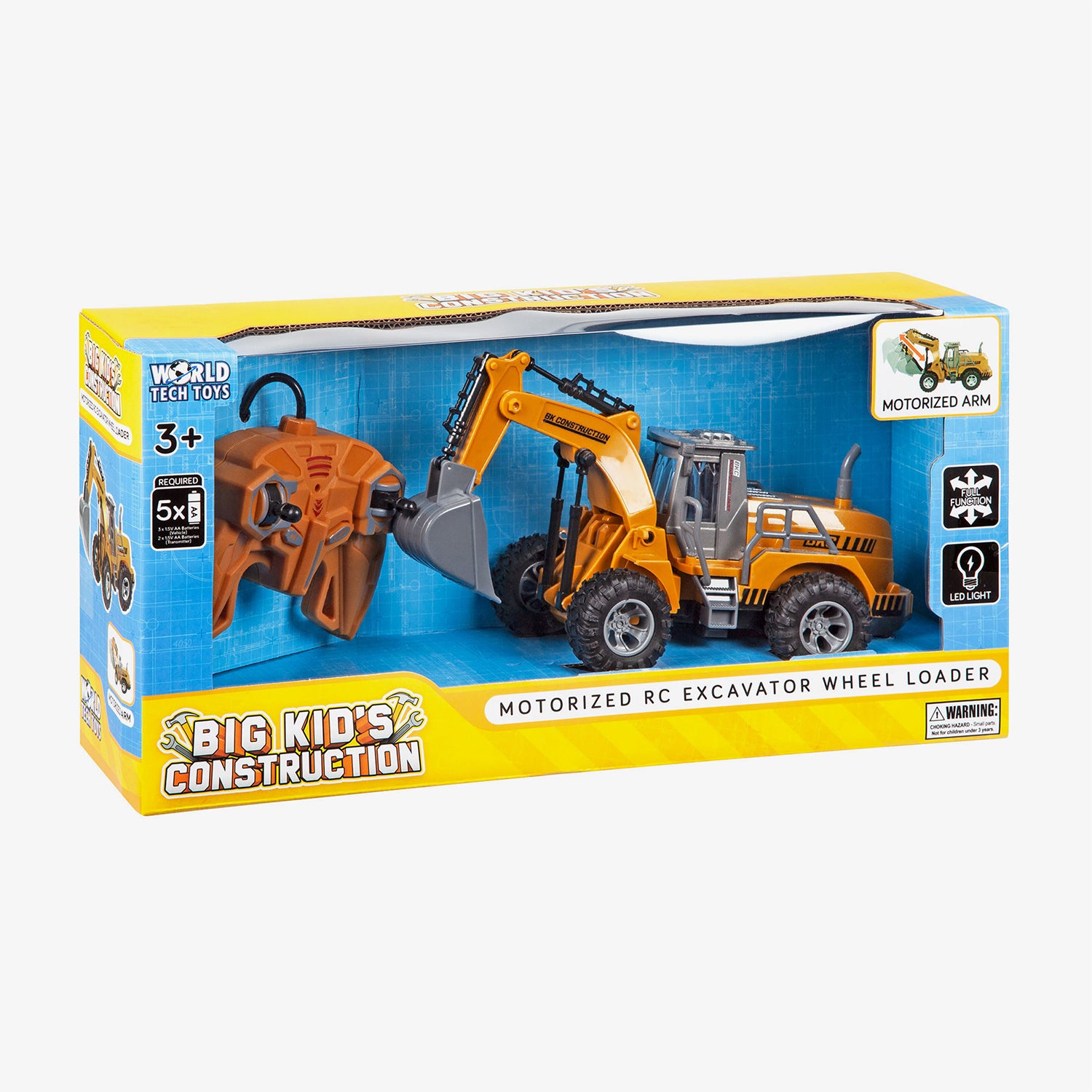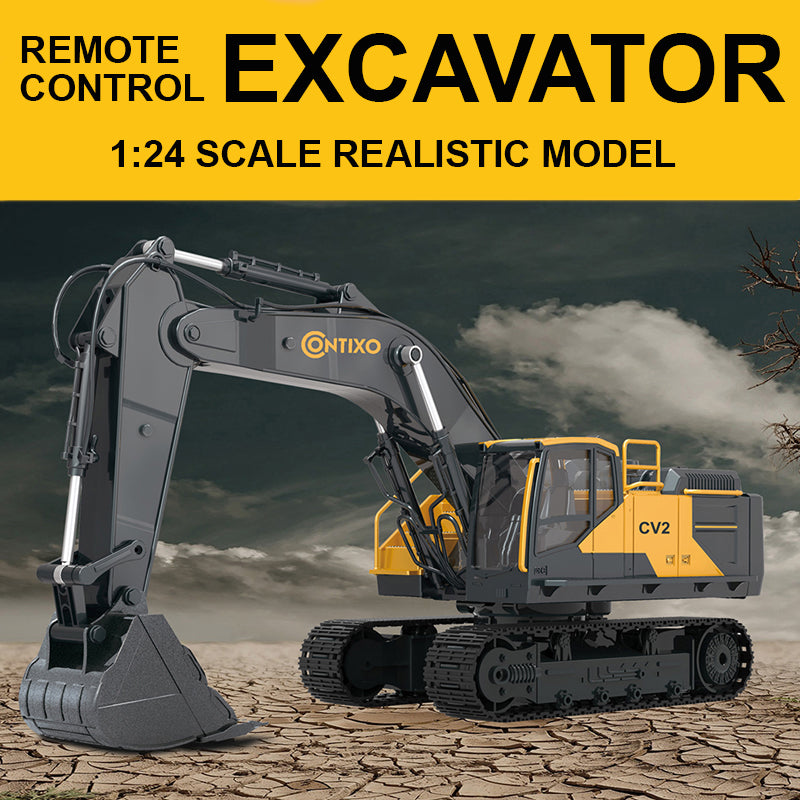The Vital Features of Excavator That Keep It a Must-Have Device
Excavators are indispensable in the building and construction and landscape design industries. Their flexible accessories permit a range of jobs, from excavating to demolition. Additionally, they flaunt premium digging deepness and reach, powered by robust engines. Operator convenience and compact designs boost use in different settings. What truly establishes excavators apart are their innovative hydraulic systems and longevity. Understanding these attributes can clear up why they are thought about essential tools on any task website.
Functional Add-ons for Improved Functionality
Although excavators are effective equipments on their own, the enhancement of functional accessories substantially boosts their functionality. These add-ons change a common excavator right into a multi-purpose device, ideal for a variety of jobs. Pails, as an example, can be found in numerous sizes and shapes, making it possible for drivers to dig, scoop, and relocate materials efficiently. Hydraulic thumbs can be added for improved gripping and handling of large items, such as logs or rocks.Furthermore, specialized attachments like breakers and augers allow for boring and demolition job, increasing the excavator's energy on building sites. remote control excavator. Grapples are one more choice, ideal for arranging and relocating debris. This flexibility not just raises efficiency yet additionally reduces the need for multiple makers, saving time and expenses. By furnishing excavators with the right attachments, drivers can take on varied tasks, making them important in the building and construction sector
Superior Digging Depth and Get To
Excavators are designed with premium excavating deepness and reach, enabling them to maneuver in tight spaces and gain access to hard-to-reach locations. This capacity is vital for numerous building and construction and excavation jobs, where standard machinery may fall brief. With adjustable boom arms and extendable tracks, excavators can quickly browse unequal surface while preserving stability.The digging deepness can vary considerably among models, commonly varying from 10 to 25 feet, depending on the design and function. This function enables operators to dig deep into structures, trenches, and other deep frameworks effectively. In addition, the reach of an excavator enables precise digging and material handling without repositioning the device regularly, saving time and labor costs.Ultimately, the premium excavating deepness and reach of excavators make them essential for experts seeking to complete complex jobs with precision and performance. Their versatility improves performance on task sites, showcasing them as a crucial tool in modern construction.
Powerful Engine Performance

When it involves performance and efficiency on building and construction sites, powerful engine performance plays a critical role in the capacities of an excavator. A durable engine generates considerable horse power, allowing the maker to take on heavy-duty jobs effortlessly - remote control excavator. This strength translates into faster cycle times, making it possible for operators to total tasks more quickly.Additionally, powerful engines provide the needed torque to take care of challenging terrains and varied lots, guaranteeing that the excavator can perform efficiently under different problems. Whether it is lifting, excavating, or relocating materials, the engine's performance directly impacts the general operational effectiveness of the machine.Furthermore, improvements in engine technology have brought about enhanced gas performance, reducing operational costs while maintaining power result. Inevitably, the engine's efficiency functions as the foundation of an excavator, attesting its standing as an indispensable device in the construction industry
Advanced Hydraulic Equipments

Boosted Lifting Capability
A substantial improvement in lifting capacity can be associated to innovative hydraulic systems found in modern excavators. These systems utilize high-pressure fluid to generate greater pressure, enabling operators to lift larger loads effortlessly. The design behind these hydraulics guarantees peak performance, offering an excellent power-to-weight proportion that improves overall performance. Therefore, excavators can deal with requiring tasks, such as lifting huge materials or equipment, without jeopardizing stability. Furthermore, the durable style of hydraulic components adds to boosted resilience and reliability, making them suitable for different building atmospheres. This enhanced training capacity not only lowers the time required for jobs yet likewise lessens the requirement for extra machinery, verifying vital for both productivity and cost-effectiveness in the building and construction sector.
Enhanced Precision Control
Traditional excavators typically struggled with precision, site web modern-day hydraulic systems have changed control systems, allowing operators to perform tasks with amazing accuracy. These sophisticated systems make use of proportional control valves that enable for smoother and much more responsive motions, considerably minimizing the margin for error. Operators can currently carefully tune the excavator's movements, making it simpler to browse limited areas and manage delicate materials. Enhanced comments systems further educate operators of real-time performance, making certain excellent sychronisation in between the machine and operator. This increased precision not just boosts efficiency but likewise enhances safety on task websites, decreasing the threat of accidents. Because of this, modern excavators furnished with sophisticated hydraulic systems are important tools for construction and excavation jobs calling for meticulous accuracy.
Operator Convenience and Presence
Operator convenience and visibility are essential parts in the design of contemporary excavators (remote control excavator). Attributes such as ergonomic seat design, boosted presence options, and reliable control designs significantly improve the driver's experience and efficiency. Focusing on these aspects warranties that operators can function effectively and securely in various conditions
Ergonomic Seat Layout
Comfort and exposure are vital in excavator design, with the ergonomic seat playing an important role in improving the operator's experience. An ergonomic seat is crafted to sustain the operator's body, lowering fatigue throughout long hours of procedure. Adjustable functions, such as seat height, backrest angle, and lumbar assistance, provide to private choices and promote excellent stance. These modifications improve convenience and allow the operator to maintain concentrate on tasks without pain. In addition, a properly designed seat can supply better side assistance, enabling for smoother handling when the excavator is in procedure. This thoughtful style not just boosts performance yet also adds to total safety, making certain that operators can do their tasks efficiently and efficiently.
Boosted Presence Functions
The layout of an excavator expands beyond simply the seat, with enhanced presence functions playing a substantial role in driver convenience and overall safety and security. Huge windows and tactically located mirrors offer drivers with a clear sight of their surroundings, minimizing dead spots. This style consideration enables far better spatial understanding, which is important in hectic workplace. On top of that, lots of excavators incorporate rearview cams and advanced tracking systems that help drivers in steering limited spaces. The combination of these visibility features not only promotes security however likewise minimizes operator exhaustion by making it possible for simpler monitoring of workplace. Eventually, enhanced visibility adds to more effective procedures and helps guarantee that excavators can do their jobs properly and safely.
Control Layout Performance
While maneuvering complex job sites, an effective look at this now control format greatly improves both operator convenience and visibility. A well-designed control setup warranties that drivers can access essential features with very little initiative, decreasing tiredness during long hours. Ergonomic joystick positionings and instinctive button plans permit seamless operation, enabling operators to keep focus on the job at hand. Additionally, clear exposure of both the workspace and the control panel is important for safety and precision. Modern excavators typically include adjustable seating and control setups to fit various operator preferences, additionally improving comfort. Inevitably, a thoughtfully created control design not only enhances productivity however also promotes a more secure working atmosphere by allowing drivers to respond swiftly to changing problems.
Compact Design for Urban Environments
As urban building sites usually deal with room restraints, a portable layout becomes essential for excavators running in these settings. These devices are engineered to navigate limited spaces, enabling efficient ability to move in crowded work sites. A lowered impact allows them to work very closely to existing frameworks, reducing interruption and making the most of productivity.The portable layout often consists of much shorter tracks and a tighter turning radius, assisting in procedure in narrow streets and constrained locations. Lightweight products contribute to reduce of transportation, making it less complex to relocate the excavator from one area to one more within the urban landscape.Additionally, many portable excavators are geared up with functions such as versatile add-ons and extendable arms, boosting their performance while keeping a small dimension. This flexibility allows drivers to tackle a variety of jobs, from digging to demolition, all while fitting flawlessly right into the constraints of city environments.

Longevity and Maintenance Considerations
Longevity stands as a necessary consider the efficiency and longevity of excavators, specifically in demanding city atmospheres. These devices go through rigorous conditions, including varying dirt kinds, extreme temperatures, and high-frequency usage. Top notch materials and robust building are necessary for ensuring that excavators can stand up to these challenges without jeopardizing functionality.Regular upkeep is similarly vital in preserving resilience. Scheduled evaluations, prompt oil adjustments, and the substitute of worn components add considerably to an excavator's lifespan. Operators should also take note of hydraulic systems, tracks, and undercarriages, as these components usually bear the brunt of wear and tear.Investing in resilient excavators with extensive maintenance plans improves dependability and minimizes downtime, ultimately leading to raised efficiency on construction websites. Comprehending the interplay between durability and maintenance is important for any person taking into consideration the purchase of an excavator for urban projects.
Frequently Asked Inquiries
How Do Excavators Compare to Various Other Building And Construction Tools?
Excavators attract attention among construction tools due to their adaptability, making it possible for jobs such as digging, training, and grading. Contrasted to others, their hydraulic capabilities supply better performance and power, making them important on numerous job sites.
What Safety And Security Features Are Included in Modern Excavators?
Modern excavators incorporate different security attributes, consisting of rollover security systems, alarm systems, and advanced visibility improvements. These aspects collaborate to reduce dangers, making sure driver safety while boosting performance on building sites and other demanding environments.

Can Excavators Be Used in Wintertime Issues?
Excavators can without a doubt be used in winter months conditions, given they are outfitted with suitable winter accessories and precautions are taken. Appropriate upkeep and changes enhance their efficiency, ensuring efficient procedure in spite of difficult weather condition circumstances.
What Is the Average Life-span of an Excavator?
The average life-span of an excavator normally ranges from 7,000 to 10,000 hours of procedure. This period can considerably rely on maintenance practices, operating problems, and the details design's durability and layout functions.
How Do I Choose the Right Excavator Size for My Task?
Choosing the best excavator size entails assessing job range, site problems, and material kinds. Think about elements like reach, deepness needs, and weight capability to assure optimal performance and safety during operation. Size matters significantly in task success. In addition, the reach of an excavator allows for precise excavating and product handling without rearranging the equipment often, saving time and labor costs.Ultimately, the remarkable excavating depth and reach of excavators make them important for specialists looking for to complete complex jobs with accuracy and effectiveness. Comfort and exposure are extremely important in excavator layout, with the ergonomic seat playing a crucial role in improving the driver's experience. The layout of an excavator expands beyond just the seat, with enhanced presence attributes playing a significant role in driver comfort and general safety and security. Modern excavators commonly integrate flexible seats and control settings to accommodate different operator preferences, even more enhancing convenience. Lightweight products contribute to relieve of transportation, making it less complex to move the excavator from one location to another within the city landscape.Additionally, lots of small excavators are furnished with features such as extendable arms and functional add-ons, enhancing their capability while this page preserving a small dimension.